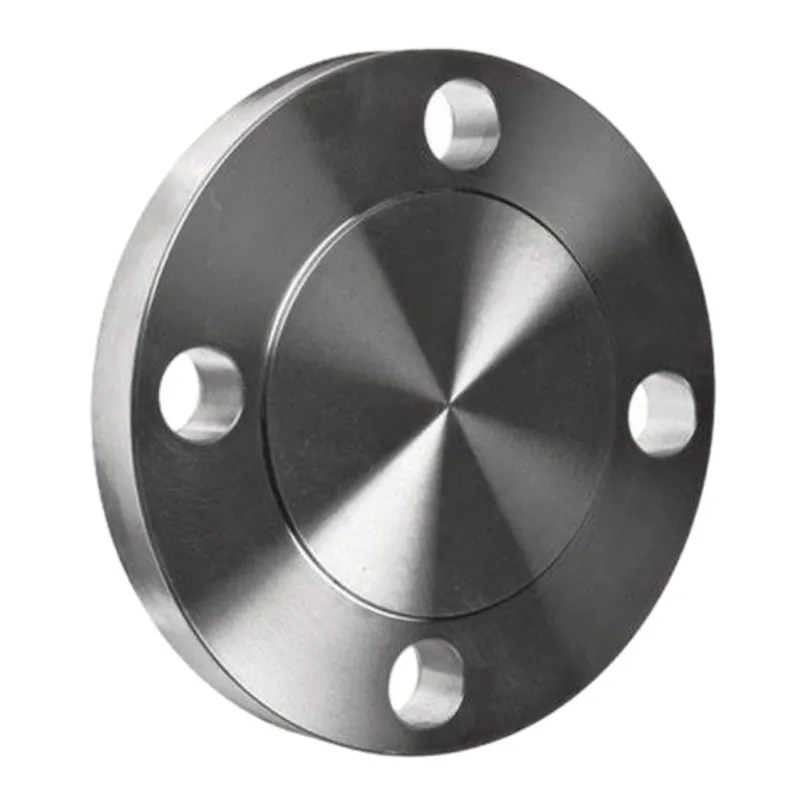-
Cangzhou Yulong Steel Co., Ltd.
-
Phone:
+86 13303177267 -
Email:
admin@ylsteelfittings.com
- English
- Arabic
- Italian
- Spanish
- Portuguese
- German
- kazakh
- Persian
- Greek
- French
- Russian
- Polish
- Thai
- Indonesian
- Vietnamese
- Zulu
- Korean
- Uzbek
- Hindi
- Serbian
- Malay
- Ukrainian
- Gujarati
- Haitian Creole
- hausa
- hawaiian
- Hebrew
- Miao
- Hungarian
- Icelandic
- igbo
- irish
- Japanese
- Javanese
- Kannada
- Khmer
- Rwandese
- Afrikaans
- Albanian
- Amharic
- Armenian
- Azerbaijani
- Basque
- Belarusian
- Bengali
- Bosnian
- Bulgarian
- Catalan
- Cebuano
- China
- China (Taiwan)
- Corsican
- Croatian
- Czech
- Danish
- Esperanto
- Estonian
- Finnish
- Frisian
- Galician
- Georgian
- Kurdish
- Kyrgyz
- Lao
- Latin
- Latvian
- Lithuanian
- Luxembourgish
- Macedonian
- Malgashi
- Malayalam
- Maltese
- Maori
- Marathi
- Mongolian
- Myanmar
- Nepali
- Norwegian
- Norwegian
- Occitan
- Pashto
- Dutch
- Punjabi
- Romanian
- Samoan
- Scottish Gaelic
- Sesotho
- Shona
- Sindhi
- Sinhala
- Slovak
- Slovenian
- Somali
- Sundanese
- Swahili
- Swedish
- Tagalog
- Tajik
- Tamil
- Tatar
- Telugu
- Turkish
- Turkmen
- Urdu
- Uighur
- Welsh
- Bantu
- Yiddish
- Yoruba

Dec . 20, 2024 21:04 Back to list
api 5l b psl1
Exploring API 5L B PSL1 Understanding Specifications and Applications in the Oil and Gas Industry
In the constantly evolving world of pipelines and transportation of fluids, API 5L B PSL1 is a critical specification that governs the manufacturing of steel line pipes. These pipes are predominantly used in the oil and gas industry for the transmission of natural gas, oil, and other fluids. Understanding the characteristics and importance of API 5L B PSL1 can provide invaluable insights for professionals and stakeholders involved in the energy sector.
What is API 5L?
API 5L stands for the American Petroleum Institute's specification for line pipe which encompasses a vast range of standards for both chemical and mechanical properties needed in line pipes. This specification is recognized globally and is utilized extensively in the design and construction of pipeline systems in various industries including oil, gas, and water. The API 5L specification encompasses several grades, with two principal levels PSL1 (Product Specification Level 1) and PSL2.
Understanding PSL1
API 5L PSL1 relates to the first level of product specification, which provides a foundation of requirements for the manufacturing of steel pipelines. It is predominantly directed toward ensuring a minimum quality standard for the pipes that are used in the transportation of fluids under specific conditions. PSL1 covers aspects such as chemical composition, mechanical properties, and additional requirements such as dimensional tolerances and testing procedures.
The primary benefit of using PSL1 pipes is their ability to withstand moderate levels of pressure, making them suitable for various applications in the oil and gas sector. These pipes are typically utilized in non-critical environments, where the discipline of stringent inspection and verification processes is somewhat relaxed compared to PSL2.
Key Characteristics of API 5L B PSL1
The API 5L B specification stresses on certain key characteristics that define its application and suitability. Here are the notable properties
api 5l b psl1

1. Chemical Composition Pipes under the API 5L B PSL1 requirement are generally composed of carbon, manganese, phosphorus, sulfur, silicon, and occasionally, small amounts of other alloying elements. These elements are meticulously controlled to ensure the pipe’s strength and flexibility.
2. Mechanical Properties The mechanical properties of PSL1 pipes include yield strength and tensile strength. API 5L B typically mandates a minimum yield strength of 235 MPa (34,000 psi), and tensile strength ranging from 420 to 550 MPa (60,000 to 80,000 psi). This ensures that the pipes maintain integrity under operational stresses.
3. Dimensional Tolerances API 5L B PSL1 pipes are produced in various sizes and thicknesses, and their geometric dimensions must adhere to strict tolerances established in the standard. This guarantees that the pipes fit securely and function effectively when used in pipeline assemblies.
4. Testing Requirements Pipes manufactured under this specification undergo several tests to ensure that they meet the required standards. Common tests include hydrostatic testing and non-destructive testing to identify any defects that could lead to failures once operational.
Applications of API 5L B PSL1
Due to its features, API 5L B PSL1 is commonly used in various applications within the oil and gas industry. It is ideal for transporting crude oil, natural gas, and refined products across land and sea. The robustness of these pipes makes them suitable for stable pipeline systems in non-harsh environments, emphasizing their reliance in conventional energy operations.
Moreover, the versatility of PSL1 pipes allows their use in water supply and sewage systems, enabling the transfer of both potable and non-potable water.
Conclusion
API 5L B PSL1 represents a fundamental aspect of pipeline engineering, particularly in the oil and gas sector. By adhering to its specifications, manufacturers ensure that the steel line pipes are reliable for transporting fluids across extensive networks. As industries evolve and technology advances, the continuous refinement of standards like API 5L will ensure that infrastructure remains durable, efficient, and safe, maintaining the essential function of pipelines in our global economy.
Latest news
-
ANSI 150P SS304 SO FLANGE
NewsFeb.14,2025
-
ASTM A333GR6 STEEL PIPE
NewsJan.20,2025
-
ANSI B16.5 WELDING NECK FLANGE
NewsJan.15,2026
-
ANSI B16.5 SLIP-ON FLANGE
NewsApr.19,2024
-
SABS 1123 FLANGE
NewsJan.15,2025
-
DIN86044 PLATE FLANGE
NewsApr.19,2024
-
DIN2527 BLIND FLANGE
NewsApr.12,2024
-
JIS B2311 Butt-Welding Fittings LR/SR 45°/90° /180°Seamless/Weld
NewsApr.23,2024











